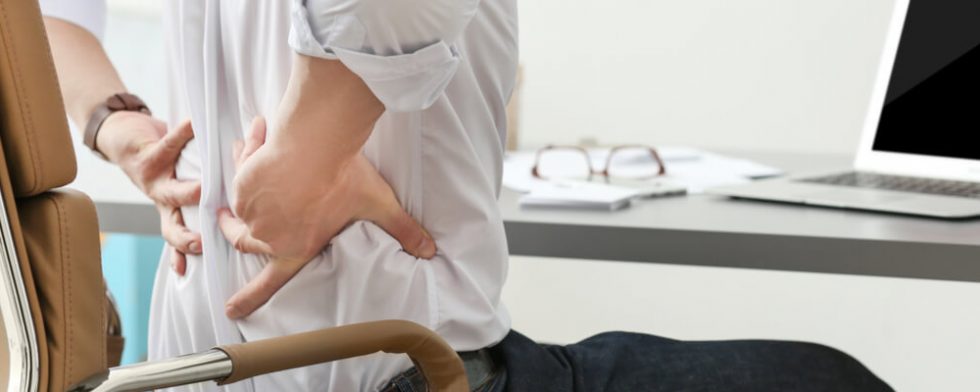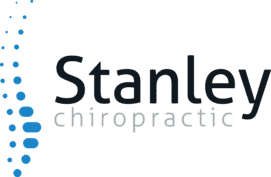
Times they are a-changin’ (Bob Dylan). Many of the jobs that used to be physically demanding have been moved to computers, and those who do those jobs now are now forced to spend the large majority of their time at work at a desk in front of a computer screen. While it is good that the risks of work have gone down with this transition, it also means that a new set of issues was bound to inevitably rear its head.
Enter back pain. Our bodies are these fantastic machines that are capable of great feats of athleticism and strength. They can climb mountains, run Ninja Warrior courses, run 40 yard dashes in 4.2 seconds, and jump over 40 inches into the air in some cases. They are meant to move, work, and play. They are NOT meant to sit, in one spot, for hours on end, especially in positions of poor posture.
Another thing our bodies are great at is adapting. Our bodies get better at whatever we demand of them. Sadly, this is true in sitting. If we spend most of our day sitting, we get pretty darn good at sitting. So good, that it can cause issues when we try to get up and get moving. This is when muscle imbalances develop, and a common muscle imbalance we see with desk jobs is called “Upper Crossed Syndrome.”
The rounded shoulder position causes tight muscles in the chest and back of the neck, and weak muscles in the mid-back and front of the neck. This can cause lots of issues with the neck and mid-back including pain, headaches, and shoulder pain as well.

This is why setting up your workstation to minimize wear and tear on your spine is so important. We have a FREE Workstation Ergonomics Card that we will send to you that you can use to ensure that your workstation is properly set up to limit your back and neck pain. Just click the link below to receive it!
If you get your workstation set up properly and you’re STILL having pain, please call us at (316) 685-4965. On average, our patients who see us for mid-back pain notice a great reduction in their pain and a great improvement in their ability to move and function.
Curious as to how we adjust the mid-back to relieve pain? Check out our video below!
